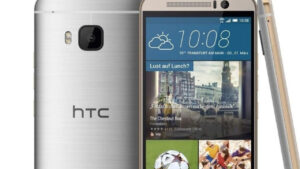At this point, HTC’s greatest option appears to be returning to its roots as a contract producer and designer for other smartphone manufacturers. HTC got its start in this manner, did well, and then shifted to Android to become a player and eventually build a great brand. The issue is that HTC was Samsungized, unable to compete on scale with larger competitors, and falling behind in terms of design. The Galaxy S II is unveiled by Samsung. HTC is unresponsive. Samsung introduced the Galaxy S II at the 2011 Mobile World Congress, a smartphone that was small and featured a huge screen that appeared weird at the time but quickly became popular. For months, HTC had no response to the Galaxy S II’s slim form or bigger screen. The Flyer, HTC’s first tablet, was unveiled at the same time as Samsung’s megaphone. HTC incorporated a few new services and projected “the trademark HTC aesthetic and build quality.” Do you recall the Flyer? Neither do I. HTC has essentially abandoned Flyer sales in the United States, and the tablet is no longer being sold. HTC pays $300 million for the outstanding shares of S3 Graphics Co. in exchange for Apple’s patent protection. Of all, HTC isn’t big enough to get much attention from Android patent lawsuits these days. In November, Apple and HTC settled a dispute and signed a 10-year license deal. These are some of the reasons HTC was abandoned.




